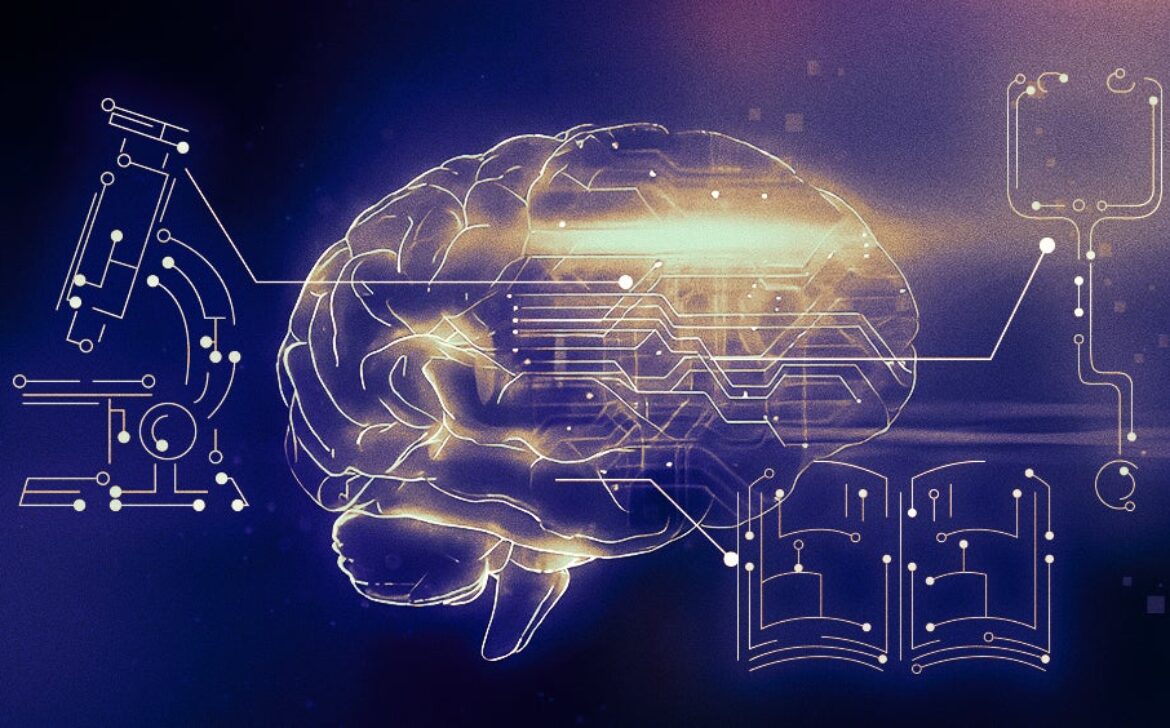The Crucial Link between Communication and Education
Introduction
Delve into the dynamic interplay of communication and education. Uncover how effective communication shapes learning experiences, fostering engagement, clarity, and skill development. Explore how education nurtures communication skills, critical thinking, collaboration, and presentation abilities. Learn how communication empowers educators and strengthens parent-teacher connections in the modern educational landscape.
The Role of Communication in Education
- Clear Instruction and Guidance: Discover how effective communication by educators ensures precise instruction and guidance, facilitating student comprehension and engagement.
- Engagement and Participation: Explore techniques like active listening, discussions, and collaboration that amplify student engagement, making learning interactive and impactful.
- Building Relationships: Understand how communication establishes a positive teacher-student bond, creating an environment where students seek guidance comfortably.
- Feedback and Improvement: Learn how constructive feedback through clear communication helps students recognize strengths and areas for growth, fostering development.
- Effective Presentation of Content: Delve into how educators proficient in communication convey complex concepts effectively, enhancing students’ understanding and retention.
- Digital Communication Tools: Explore how digital tools enable remote learning, sustaining effective communication in virtual classrooms.
Enhancing Communication Skills Through Education
- Verbal and Written Skills: Uncover how education nurtures eloquent verbal skills through presentations, debates, and discussions. Written communication improves through assignments and essays.
- Critical Thinking and Expression: Learn how education nurtures critical thinking, enabling students to express their thoughts coherently in written and spoken forms.
- Collaboration and Teamwork: Explore group projects and collaborative tasks that teach effective communication within teams, cultivating interpersonal proficiency.
- Adapting to Diverse Audiences: Understand how education equips students to tailor communication styles to diverse audiences, a valuable skill in the globalized world.
- Presentation Skills: Delve into how class presentations and public speaking opportunities foster confidence in articulating ideas to audiences.
Empowering Educators Through Communication
- Professional Development: Learn how communication training empowers educators to engage constructively with students, parents, and colleagues.
- Parent-Teacher Communication: Understand the importance of strong communication between educators and parents for a comprehensive view of students’ progress and needs.
- Effective Feedback: Explore how educators providing timely, actionable feedback contribute to students’ continual improvement.
- Pedagogical Innovation: Delve into how communication facilitates the exchange of innovative teaching methods, enhancing educators’ practices.
Conclusion
Communication is the linchpin of education, linking educators, students, and stakeholders. It channels knowledge, deepens understanding, and nurtures relationships. From clear guidance and engagement to skill development and empowerment, communication shapes the educational journey profoundly. As education evolves alongside digital advancements, the synergy between communication and education remains vital for growth, empowerment, and the pursuit of knowledge.














